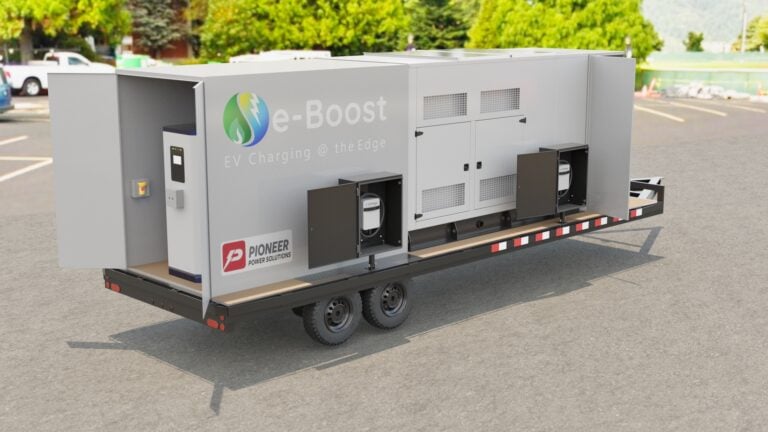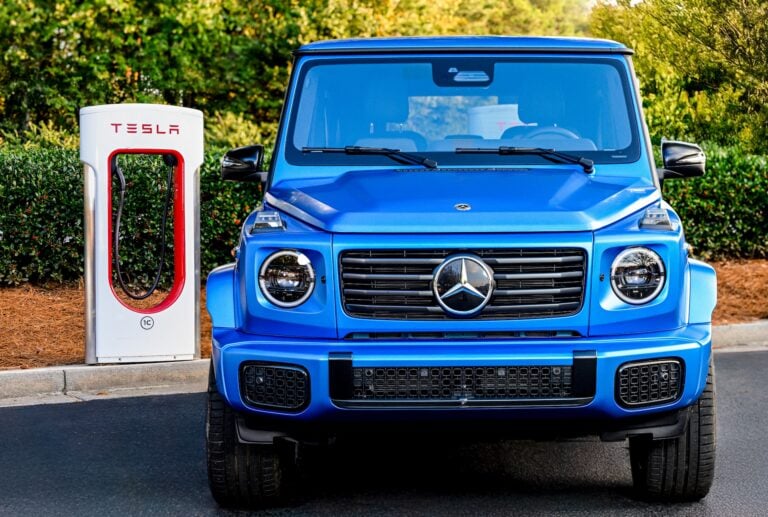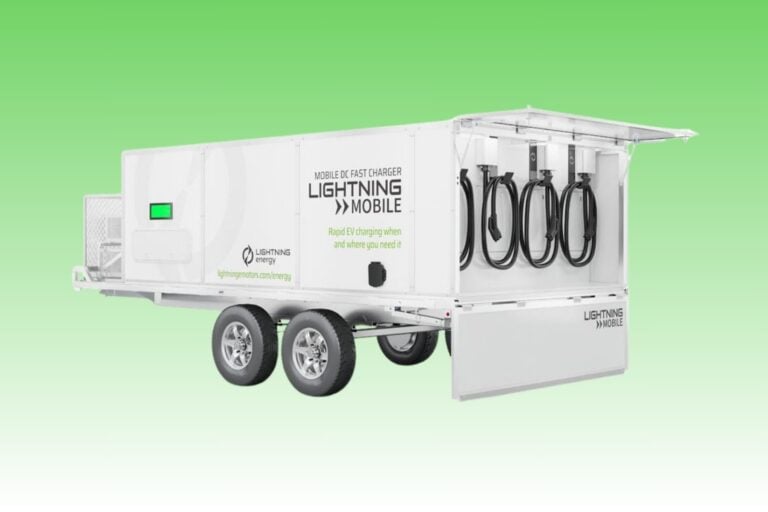Ascend Elements and Koura, a subsidiary of Orbia’s Fluorinated Solutions business, are actively considering a partnership to bring the patented Hydro-to-Anode® graphite recycling technology to the United States. The technology, introduced in February 2022, can produce 99.9% pure graphite from spent lithium-ion batteries, offering a promising source of battery-grade anode materials tailored for the rapidly expanding US electric vehicle battery sector.
Why It Matters
North America’s transition to electric vehicles (EVs) demands sustainable solutions. The introduction of Hydro-to-Anode® technology aligns with efforts to minimize reliance on mining by maximizing the value extracted from used lithium-ion batteries. Additionally, graphite processed domestically aligns with the Inflation Reduction Act (IRA), making EVs eligible for significant tax incentives, hence reinforcing the market’s growth trajectory.
Key Points
- Existing Operations: Until this point, Ascend Elements’ primary focus has been on generating engineered cathode materials from recycled lithium-ion batteries.
- Enhanced Recycling Economics: The capability to repurpose graphite for batteries not only streamlines the recycling process but drastically reduces mining dependence.
- IRA Compliance: US-processed graphite satisfies the criteria set by the Inflation Reduction Act, entitling EVs to a 30D tax benefit.
- Traditional Recycling vs. Hydro-to-Anode®: Traditional methods yield a graphite purity unsuitable for batteries. Hydro-to-Anode® surpasses even the stringent battery-grade purity standards, thus revolutionizing the recycling industry.
Bottom Line
In a joint statement, leaders from Ascend Elements and Orbia Koura highlighted the potential transformative impact of this technology on the industry. The collaboration could fast-track North America’s journey to build a sustainable battery material supply chain. The two firms are in ongoing talks to provide IRA-compliant battery-grade graphite to various electric vehicle OEMs and battery producers. The specifics about the facility’s location or its construction timeline remain undisclosed.








